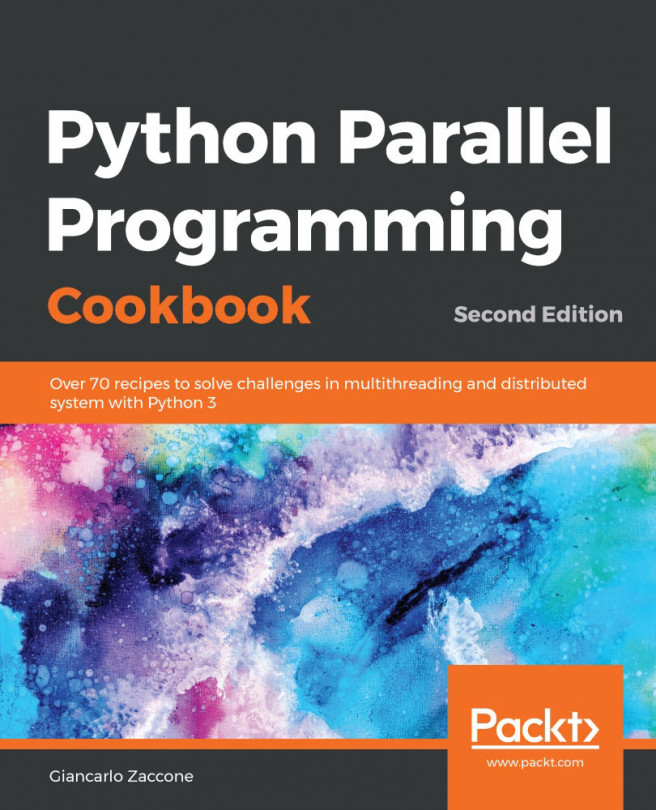Treating arrays as functions, although very powerful, completely neglects the linear algebra structures we are familiar with, that is, matrix-vector and matrix-matrix operations. Fortunately, these linear algebra operations may all be written in a similar unified form:
The vector-vector operation:

The matrix-vector operation:

The matrix-matrix operation:

The vector-matrix operation:

The essential mathematical concept is that of reduction. For a matrix-vector operation, the reduction is given by:

In general, a reduction operation defined between two tensors,  and
and  , of respective number of dimensions
, of respective number of dimensions  and
and  may be defined as:
may be defined as:

Clearly, the shapes of the tensors must be compatible with that operation to make
any sense. This requirement is familiar for matrix-matrix multiplication. The multiplication 
of matrices  and
and  only makes sense if the number of columns of
only makes sense if the number of columns of  equals the number of...
equals the number of...









































































